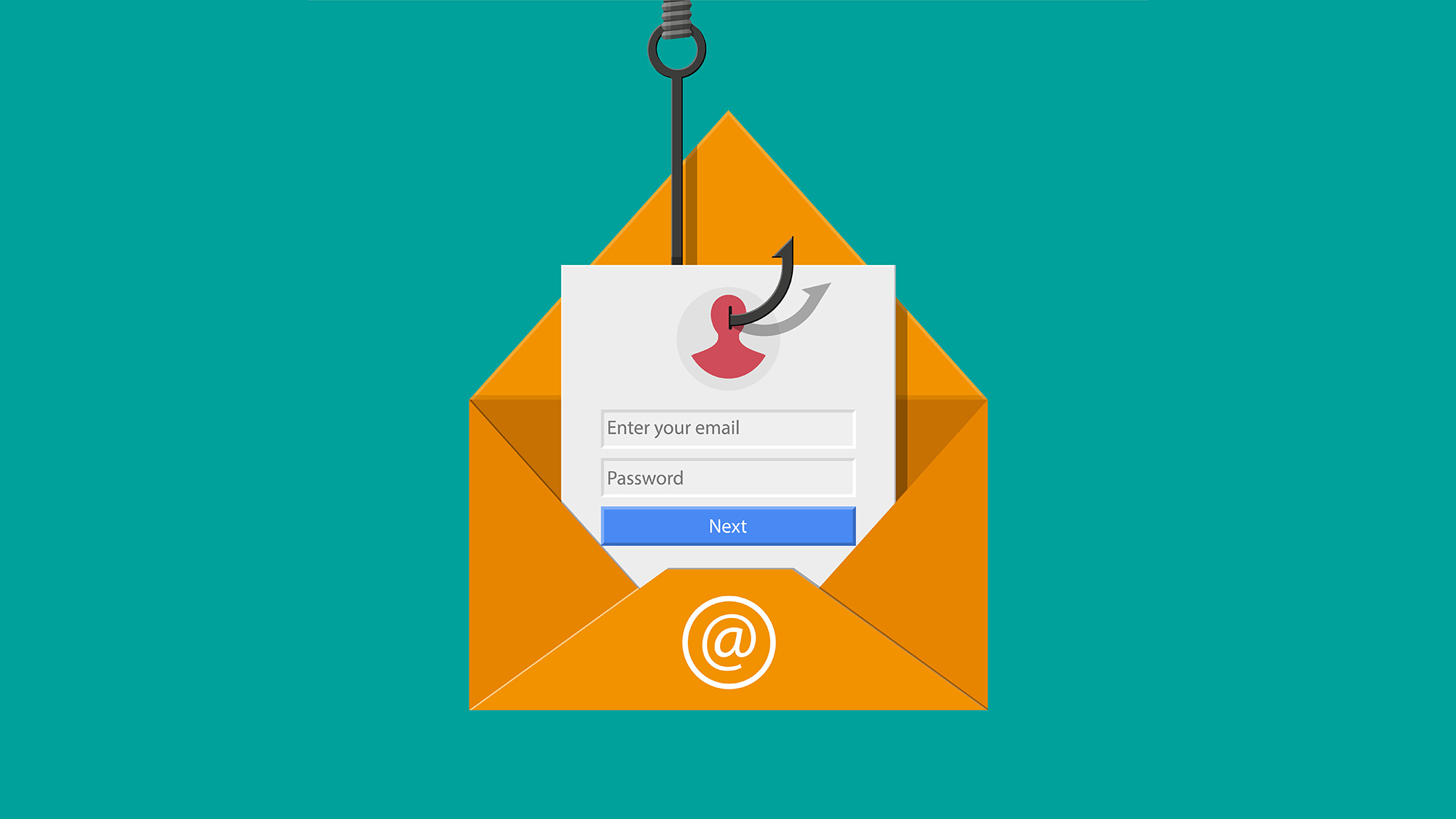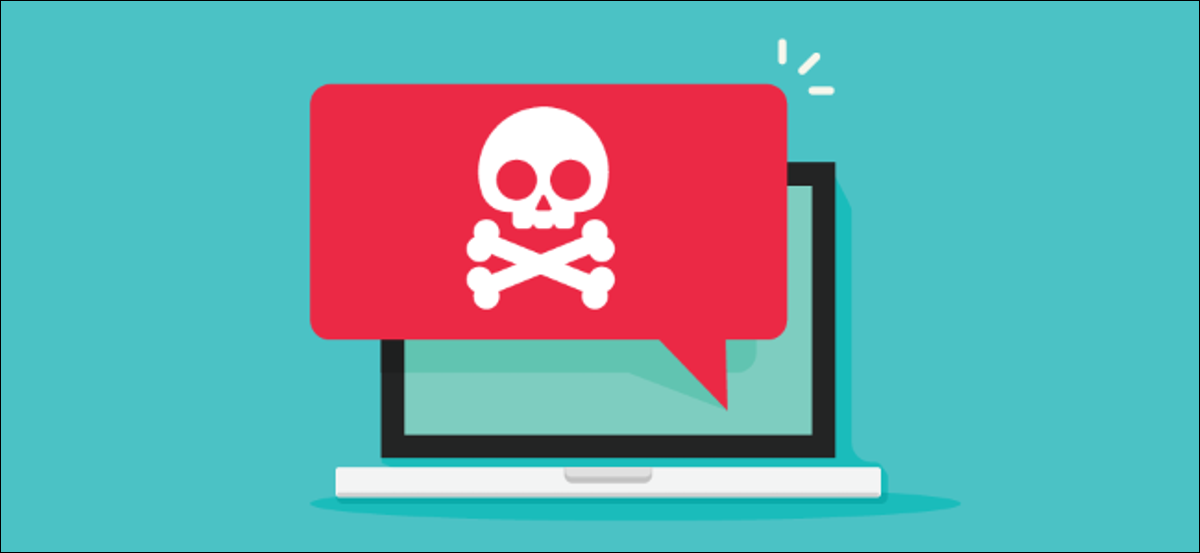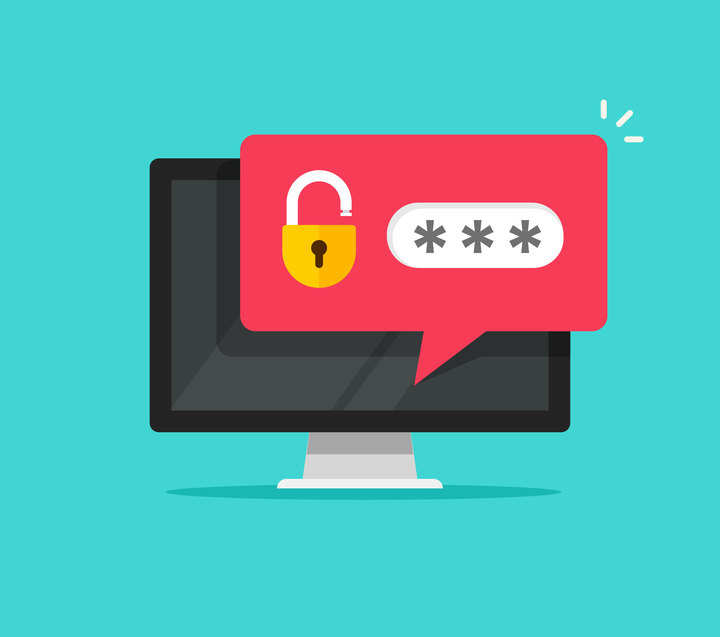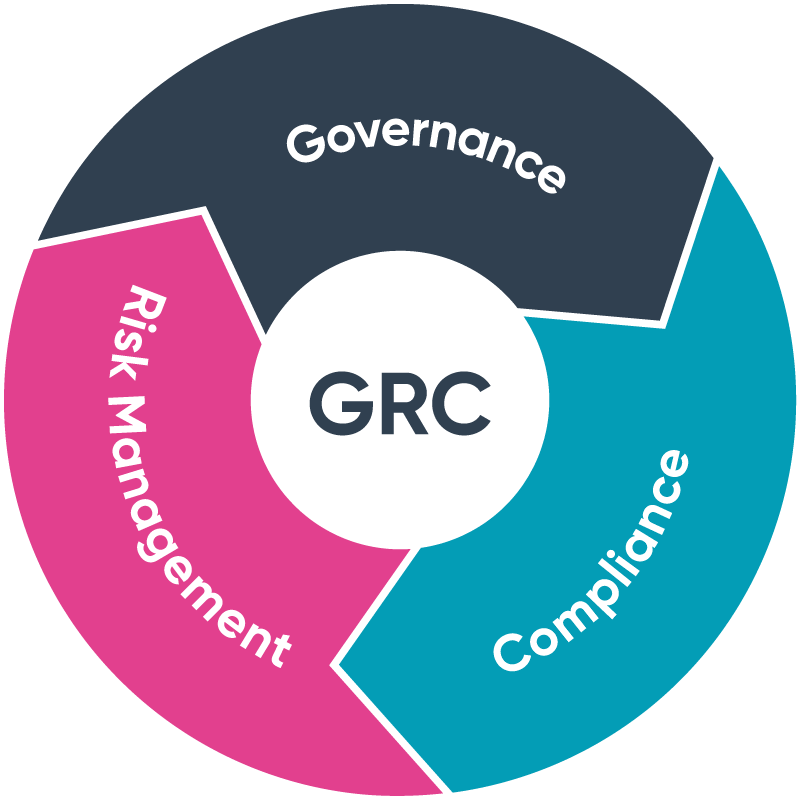Defense Cyber Security has been certified by Saudi Aramco as an authorized audit firm to conduct the assessments and issue the CCC against the SACS-002 Third Party Cybersecurity Standard
Defense Cyber Security has been certified by Saudi Aramco as an authorized audit firm to conduct the assessments and issue the Cybersecurity Compliance Certificates (CCC) against the SACS-002 Third Party Cybersecurity Standard. This makes Defense Cyber Security one of only eleven audit firms in Saudi Arabia authorized to conduct these assessments. Saudi Aramco launched its … Read more
